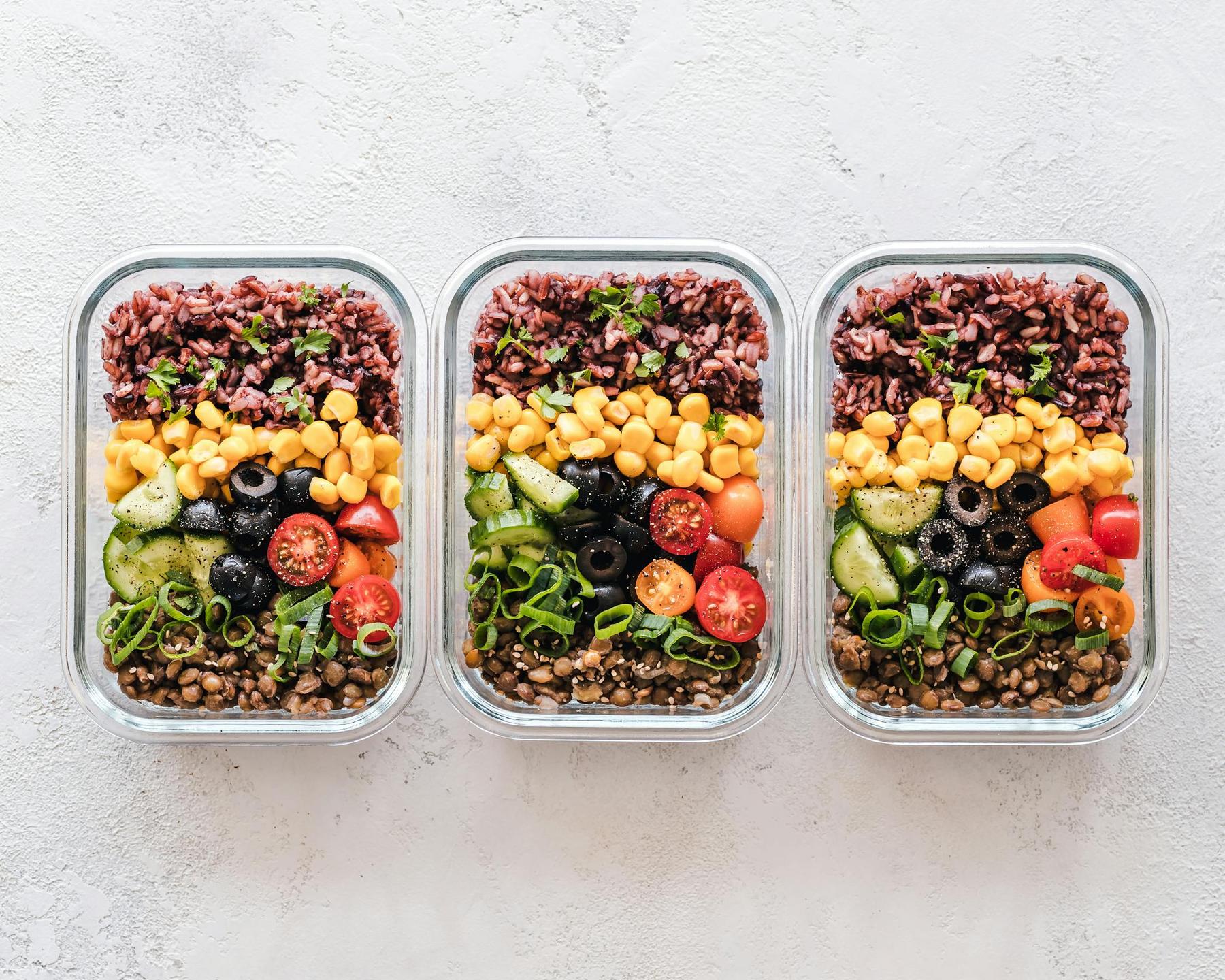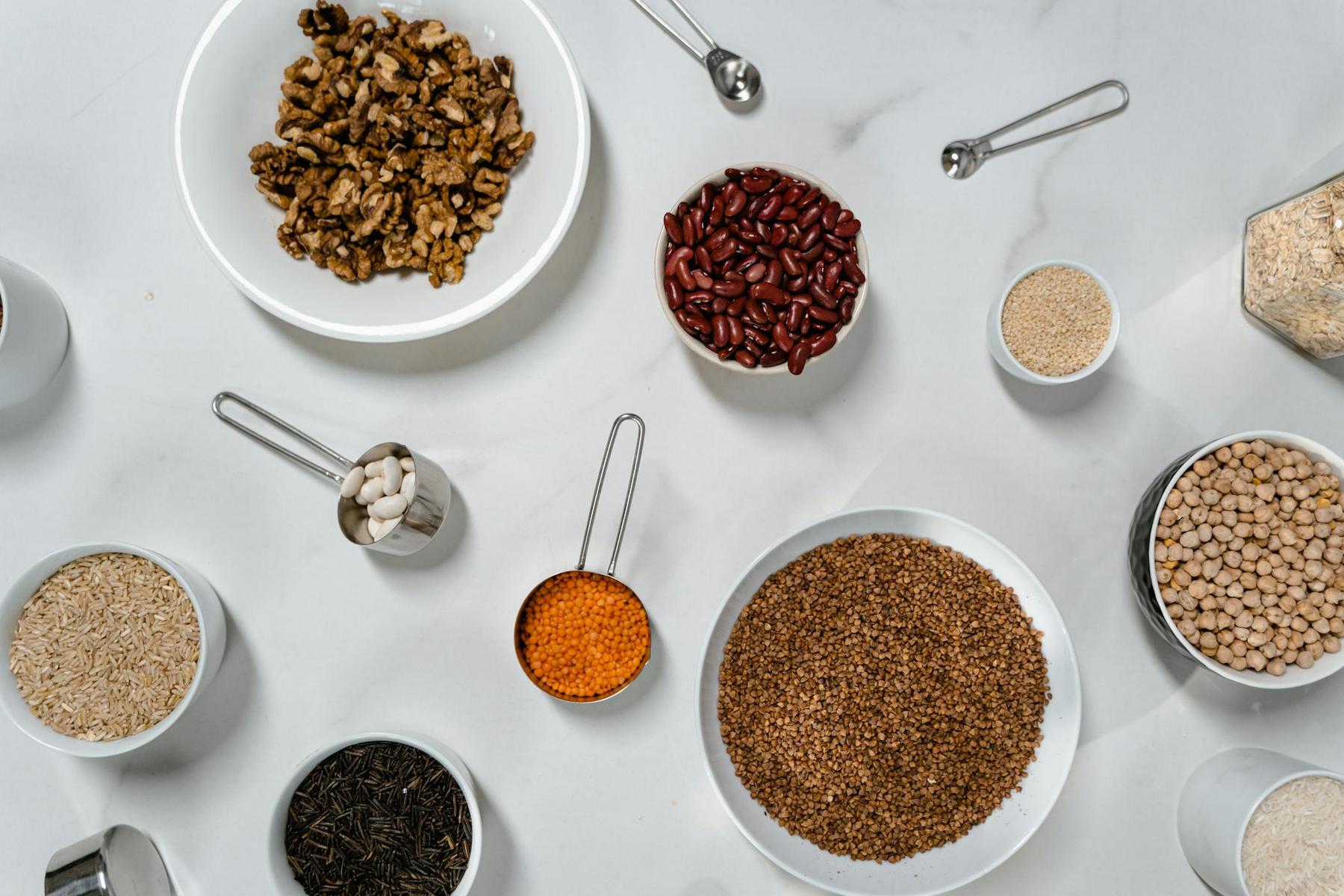In a world where restaurant servings have increased by 25-160% since the 1980s, understanding appropriate portion sizes has never been more crucial. Many Australians struggle with portion distortion—a warped perception of how much food constitutes a reasonable amount to consume at each meal. This disconnection between recommended portions and what we actually eat has significant implications for our health, particularly regarding weight management and metabolic wellness.
The average restaurant entrée now contains 1,200-1,500 calories—equivalent to 60-75% of daily energy needs for many sedentary adults. This reality makes mastering portion control a fundamental skill for anyone seeking to maintain or achieve a healthy weight. By understanding the science behind appropriate portions and implementing practical strategies, you can transform your relationship with food while still enjoying satisfying, nutritious meals.
Why Have Portion Sizes Become a Problem in Modern Society?
Our ancient survival mechanisms were designed for food scarcity, not the abundance we face today. Research shows that the human brain’s reward circuitry responds disproportionately to large food portions, triggering dopamine release that often overrides natural satiety signals. Functional studies demonstrate that exposure to oversized meals activates neural regions associated with pleasure anticipation, making it biologically challenging to resist consuming more than we need.
This biological predisposition collides with environmental factors—larger dinner plates (increasing from 22cm to 30cm), value-priced supersizing, and marketing that emphasises quantity over quality. The result? A persistent disconnection between our physiological needs and actual consumption.
What makes this particularly problematic is the relationship between energy density and volume. Foods with low energy density (1-1.5 kcal/g) like vegetables permit larger portion sizes without caloric excess, while highly processed foods (4-5 kcal/g) deliver substantial calories in deceptively small volumes. This explains why doubling vegetable portions can actually reduce overall energy intake by 12-16% in controlled feeding trials.
What Are the Recommended Portion Sizes for Each Food Group?
Understanding appropriate portions requires familiarity with each food group’s unique characteristics. The Australian Dietary Guidelines provide science-based recommendations that we can translate into practical, everyday measures:
Vegetables: The Foundation of Every Meal
A standard vegetable serve equals approximately 75g (100-175kJ), which can be visualised as:
- Leafy greens: 1 cup raw (about the size of a baseball) = 25 calories
- Cruciferous vegetables: ½ cup cooked broccoli (roughly the size of a lightbulb) = 27 calories
- Starchy vegetables: ½ medium potato (similar to a computer mouse) = 280kJ
The Australian Dietary Guidelines recommend vegetables constitute approximately 38% of total plate space in standard adult meals. For optimal health, aim for 5-6 serves daily, with at least three being non-starchy vegetables.
Protein: Quality and Quantity Matter
Protein portions are often the most significantly oversized in modern diets. Appropriate portions include:
- Lean meats: 100g raw (about palm-sized, or a deck of cards when cooked) = 650kJ
- Fish: 115g raw salmon (similar to a checkbook) provides 20g of protein
- Eggs: 2 large eggs (roughly the size of a clenched fist) = 12g protein
- Legumes: 150g cooked lentils (tennis ball sized) = 18g fiber
- Tofu: 170g firm block (smartphone-sized) = 40g protein
- Nuts: 30g almonds (a small cupped handful) = 160 calories
Most adults need 2-3 serves of protein foods daily, with requirements increasing for pregnant women, athletes, and older adults who benefit from higher protein intake (1.2g/kg body weight) to prevent muscle loss.
Carbohydrates: Strategic Fuelling
Carbohydrate portions should emphasise whole grains while limiting refined options:
- Cooked whole grains: ½ cup quinoa (ice cream scoop sized) = 111 calories
- Bread: 1 slice whole grain (CD case sized) = 15g complex carbs
- Breakfast cereals: ¾ cup bran flakes (baseball sized) = 5g fiber
- Pasta: ½ cup cooked (light bulb sized) = 100 calories (compared to 220 calorie typical restaurant serving)
- Rice: ⅓ cup dry (ping pong ball sized) expands to 1 cup cooked
Refined carbohydrates should ideally be limited to 20% of total carbohydrate intake, with whole grains making up the remainder.
Dairy and Alternatives: Calcium-Rich Options
Appropriate dairy portions provide calcium without excessive saturated fat:
- Milk: 1 cup (240ml) reduced-fat = two tennis balls = 300mg calcium
- Yogurt: ¾ cup (180g) Greek = 18g protein
- Cheese: 40g cheddar (two dominoes sized) contains a significant portion of the daily saturated fat limit
Healthy Fats: Small but Essential
Despite their high caloric density, healthy fats are crucial for hormone production and nutrient absorption:
- Oils: 1 teaspoon (thumb tip sized) olive oil = 45 calories
- Avocado: ¼ medium fruit (golf ball sized) = 5g monounsaturated fat
- Nut butters: 2 teaspoons (two thumbprints) = 95 calories
How Can You Measure Portion Sizes Without Scales?
While kitchen scales provide precise measurements, everyday life demands practical approaches. These portable measuring systems travel with you anywhere:
The Hand Measurement System
Your hands provide a personalised portion guide that scales naturally with your body size:
| Hand Component | Food Group | Portion Equivalent |
|---|---|---|
| Palm (excluding fingers) | Protein | 100-120g cooked meat |
| Cupped hand | Carbohydrates | ½ cup grains/legumes |
| Fist | Vegetables | 1 cup raw greens |
| Thumb | Fats | 1 teaspoon oil/butter |
This system creates a proportional relationship between food intake and body size, offering a degree of personalisation without complicated calculations.
The Plate Architecture Method
The design of your plate significantly influences portion control:
- Use entrée plates (22cm) rather than oversized dinner plates (30cm)
- Fill 50% with non-starchy vegetables (2.5 cups raw spinach/broccoli)
- Dedicate 25% to lean protein (120g grilled chicken/fish)
- Reserve 25% for complex carbohydrates (½ cup wild rice/quinoa)
This visual approach eliminates measuring while maintaining appropriate proportions, making it particularly effective for family meals where individual needs vary.
Cognitive Behavioural Techniques
Beyond physical measuring, psychological strategies enhance portion awareness:
- Pre-portion snacks into 30g containers to reduce intake by up to 34%
- Practice mindful eating with 20-minute meals and pausing between bites
- Use environmental adjustments like blue plates (which can lower food consumption by 22%) and tall, thin glasses (which reduce liquid intake by 19%)
How Should Portion Sizes Differ Across Age Groups?
Nutritional needs vary significantly throughout life, necessitating age-appropriate portions:
Children (2-12 years)
Children have unique nutritional needs that change as they grow:
- Preschoolers (2-5): Approximately 1 tablespoon per year of age per food group
- School-age (6-12): Protein portions matching palm width (6-9cm)
- All children need 3.5 dairy serves daily for calcium to support bone development
Importantly, children should be encouraged to respond to their hunger and fullness cues rather than “cleaning their plate,” establishing healthy eating patterns that can last a lifetime.
Adolescents (13-18 years)
During growth spurts, adolescents require:
- 20% larger protein portions (1.2g/kg vs 0.8g/kg for adults)
- Increased calcium intake (1300mg daily)
- Higher iron requirements, especially for menstruating females
This heightened nutritional need often coincides with increased independence in food choices, making education about appropriate portions particularly important during this stage.
Adults (19-65 years)
Adults benefit from the standard portioning guidelines outlined earlier, with adjustments based on:
- Activity level (active individuals may need 20-30% larger carbohydrate portions)
- Pregnancy/lactation (additional 1-2 protein serves daily)
- Weight management goals (emphasising vegetable volume while monitoring energy-dense foods)
Seniors (65+ years)
Older adults face unique challenges requiring specific adaptations:
- Maintained protein portions despite reduced caloric needs (1.2g/kg to combat sarcopenia)
- 15% reduced grain portions reflecting lower energy requirements
- Potentially increased nutrient density through careful food selection and preparation techniques
How Can You Control Portions When Eating Out?
Restaurant portions present particular challenges, with most exceeding recommended sizes by 40-170%. Strategic approaches can help navigate these environments:
Restaurant Survival Tactics
- Order two starters (soup/salad) instead of an entrée to reduce caloric intake by approximately 40%
- Share main dishes, effectively dividing a 350g steak into three palm-sized portions
- Request dressings and sauces on the side (potentially reducing intake by 300 calories)
- Ask for a takeaway container at the start of the meal and portion half for later
Takeaway Management
- Choose the smallest size options available
- Divide large portions before eating, saving the remainder for another meal
- Supplement with home-prepared vegetables to increase volume without excessive calories
Social Eating Strategies
- Survey all available options before selecting
- Position yourself away from buffet tables or shared platters
- Use conversation as a natural pace-setter, putting down utensils while talking
Finding Balance in Portion Management
Mastering portion control doesn’t mean living with constant restriction. Rather, it’s about developing awareness of appropriate amounts while understanding your body’s unique needs. Long-term research indicates that portion control education paired with environmental modifications achieves 18% greater weight loss maintenance compared to caloric restriction alone.
The key to sustainable portion management lies in finding your personal balance point—where nutritional adequacy meets satisfaction without excess. This balance varies based on metabolic rate, activity level, health status, and even genetic factors. What remains constant is the value of awareness, mindfulness, and understanding the science behind our portions.
By implementing these evidence-based strategies within the context of your individual life, you can transform your relationship with food quantities while maintaining the pleasure of eating. The goal isn’t perfection but progress—consistently moving toward portions that support rather than sabotage your health goals.



